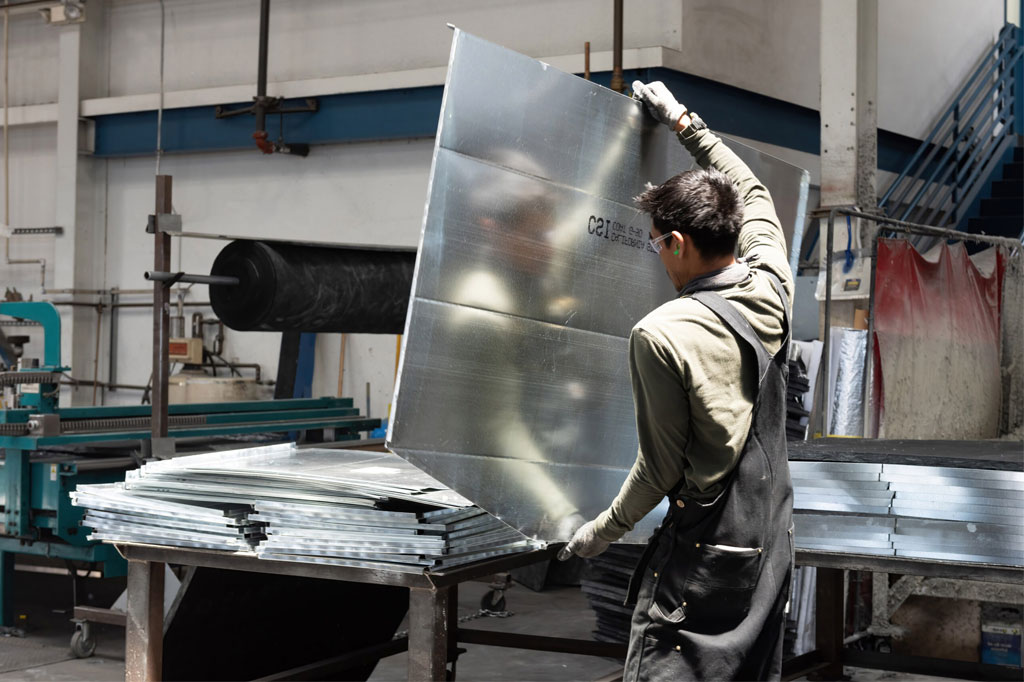Sheet metal fabrication is a versatile and efficient process used in a wide range of industries, from automotive and aerospace to construction and electronics. However, like any manufacturing process, it comes with its own challenges.
Part failures during sheet metal fabrication can lead to costly reworks, delays, and product defects. Understanding the common causes of these failures and how to prevent them is crucial for achieving high-quality results and maximizing production efficiency.
This article explores the most 8 common sheet metal part failures and provides practical tips for avoiding them.
1. Material Defects and Quality Issues
Material defects such as impurities, inconsistencies in thickness, or poor surface finish can cause issues during sheet metal fabrication. These defects can result in warped, cracked, or brittle parts, especially during processes like bending, stamping, and welding.
How to Avoid It:
- Source Quality Materials: Ensure that the material used for fabrication meets industry standards and specifications. Work with trusted suppliers who provide consistent and high-quality metals.
- Inspect Materials Before Use: Conduct thorough material inspections before processing, including checking for visible defects like scratches, dents, or oxidation.
- Standardize Material Specifications: Work with well-defined material standards, and ensure that thickness, hardness, and other critical properties are consistent throughout the sheet.
2. Incorrect Tooling and Machine Settings
Improper tooling and incorrect machine settings are one of the leading causes of failures in sheet metal parts. Incorrect punch or die sizes, misaligned tools, or wrong pressure settings can result in burrs, cracks, and deformation.
How to Avoid It:
- Use Proper Tooling for Each Process: Ensure that tools and dies are suited to the specific material and part geometry. Regularly check that tooling is sharp and in good condition.
- Set Machine Parameters Correctly: Always calibrate machines before starting a production run. Ensure parameters like cutting speed, feed rate, and pressure are aligned with the material being used.
- Monitor Tool Wear: Over time, tools can wear down and lose accuracy. Perform routine maintenance and replace worn-out tooling as necessary.
3. Incorrect Bending or Forming Angles
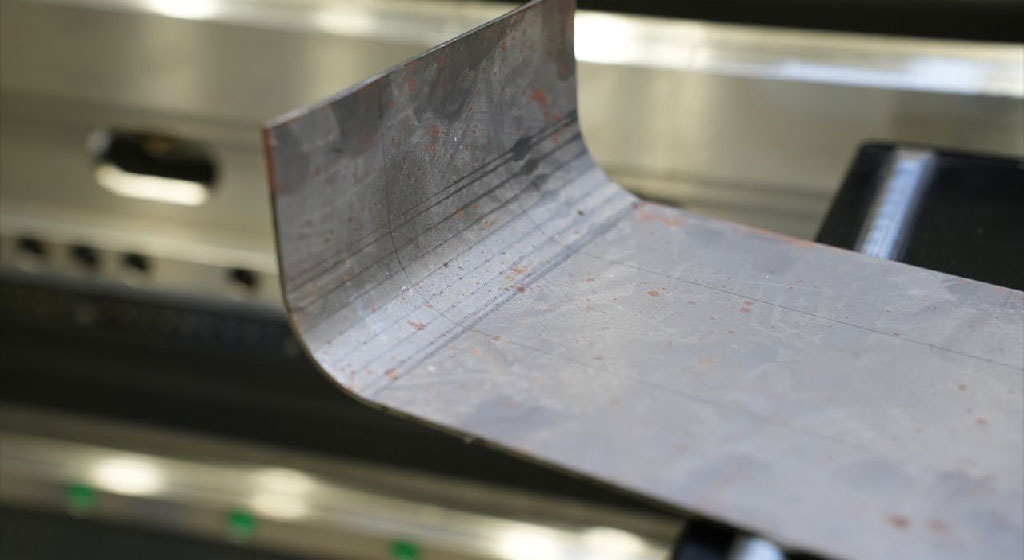
Incorrect bending angles or excessive bending force can lead to distorted or cracked parts. Over-bending or under-bending can create dimensional issues, impacting the final fit and performance of the part.
How to Avoid It:
- Use Accurate Bending Tools: Ensure that bending dies and machines are calibrated for the specific bend radius and material thickness required.
- Follow Bend Allowances: Take into account the material’s natural spring-back when designing the part, and use precise bend allowances to achieve the correct angles.
- Test Bending on Sample Parts: Before starting full production, run test bends to confirm the desired outcome. Make adjustments as needed.
4. Inadequate Hole Positioning or Punching Failures
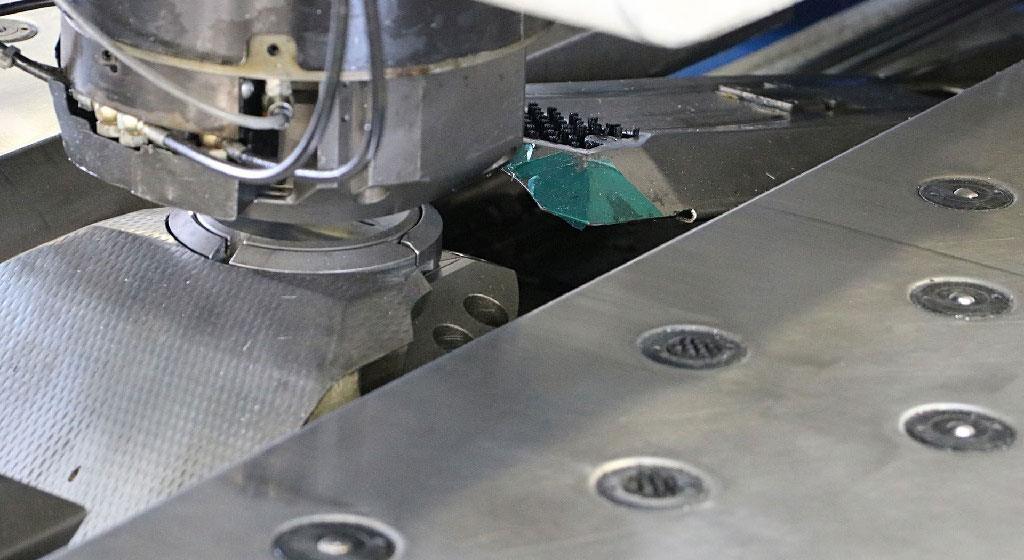
Misalignment of hole positions or incorrect hole sizes can cause significant issues, particularly when holes are used for assembly or fastening. Punching failures, such as excessive burrs or incomplete cuts, can compromise the integrity of the part.
How to Avoid It:
- Use CNC Punching Machines: CNC punching machines can accurately position and size holes, minimizing errors and enhancing part consistency.
- Regularly Inspect Punching Tools: Inspect punches for wear and replace them when needed to prevent rough cuts and burr formation.
- Verify Hole Locations in CAD Design: Ensure that the hole locations and sizes are correct in the CAD drawings before the manufacturing process begins.
5. Warping and Distortion During Welding
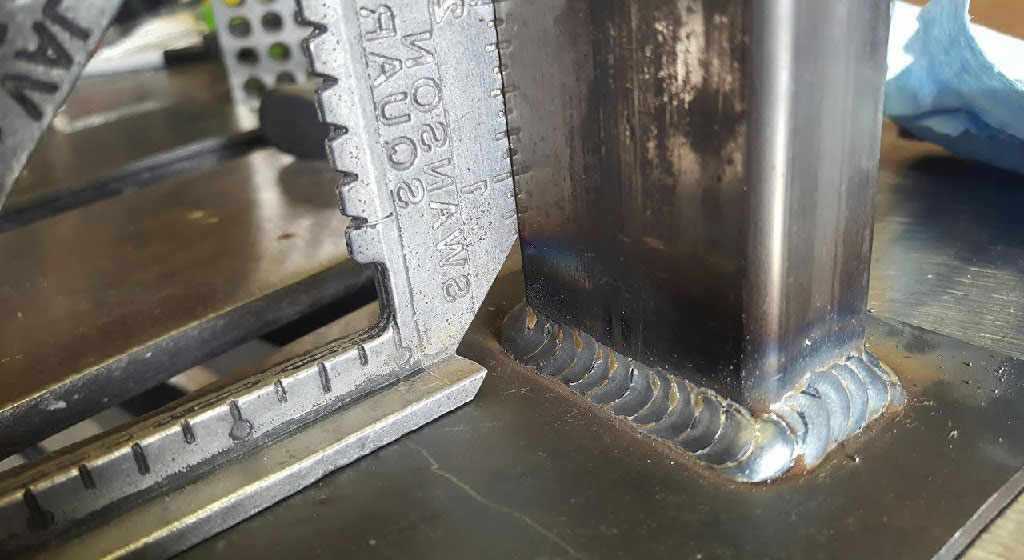
Welding is a critical process in sheet metal fabrication, but it can cause parts to warp or distort due to the heat generated during the process. Uneven heating and cooling, improper joint design, or insufficient clamping can exacerbate the problem.
How to Avoid It:
- Use Proper Welding Techniques: Employ techniques like TIG (Tungsten Inert Gas) or MIG (Metal Inert Gas) welding to control heat input and reduce warping.
- Preheat or Postheat Parts: Preheating thick sections of metal or postheating welded parts can help minimize thermal stress and reduce distortion.
- Clamping and Fixturing: Properly clamp and fixture the part during welding to maintain alignment and prevent shifting during the cooling process.
- Control Weld Sequence: Plan the welding sequence to reduce heat buildup in any one area. Use alternating welds or stitch welding to help distribute heat evenly.
6. Excessive Burrs and Rough Edges
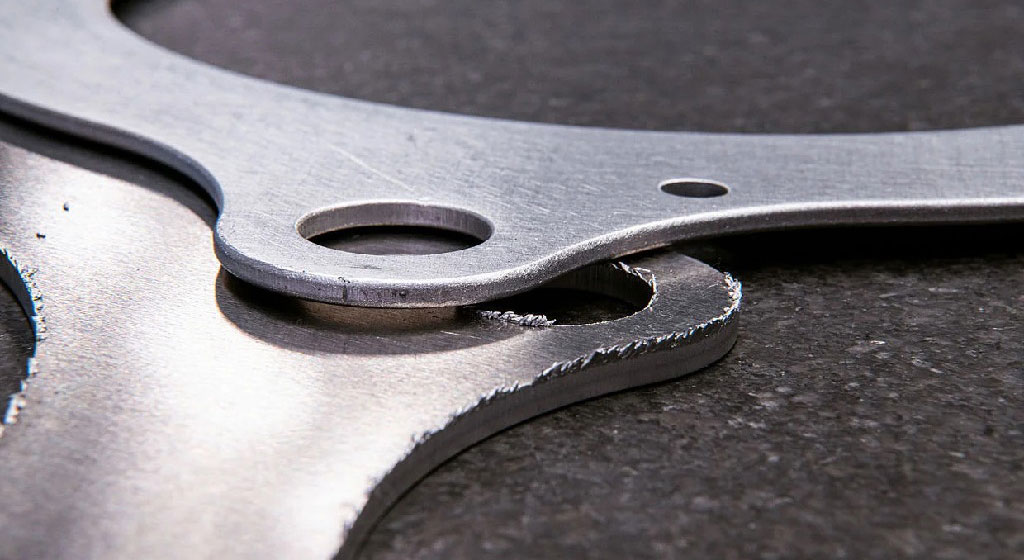
Burrs are a common issue in sheet metal parts, especially after cutting, punching, or shearing. These sharp edges can be dangerous, and in some cases, they may prevent proper assembly or function of the part.
How to Avoid It:
- Use Deburring Tools: After cutting or punching, use specialized deburring tools or machines to remove burrs and sharp edges.
- Optimize Cutting and Punching Tools: Ensure that your cutting tools and dies are sharp and well-maintained to minimize burr formation.
- Consider Burr-Free Cutting: Cutting techniques like laser cutting can create smooth edges with minimal burrs, minimizing the need for additional processing.
7. Inconsistent Part Dimensions
Dimensional variations between parts can occur due to improper machine settings, material inconsistencies, or issues with the CAD design. Even minor variations can cause problems in the final assembly or operation of the part.
How to Avoid It:
- Use Precision Measurement Tools: Employ tools like digital calipers, micrometers, or CMM (Coordinate Measuring Machines) to verify part dimensions during and after the fabrication process.
- Standardize Tolerances: Clearly define acceptable tolerances for each part. Use precision CNC equipment that can achieve tight tolerances and minimize variations.
- Quality Control Checks: Regularly inspect parts during the manufacturing process to detect any dimensional discrepancies early on.
8. Poor Surface Finish and Aesthetic Issues
Surface defects such as scratches, dents, oxidation, or poor coating adherence can affect the aesthetics and functionality of sheet metal parts, particularly in applications where appearance is crucial.
How to Avoid It:
- Protect Parts During Handling: Use protective coatings or films during transportation and handling to prevent scratches and surface damage.
- Choose the Right Finishing Process: Select appropriate finishing techniques such as powder coating, anodizing, or polishing to enhance the surface quality and durability.
- Implement Regular Surface Inspections: Perform routine surface inspections to catch any defects early and prevent them from affecting the final product.

